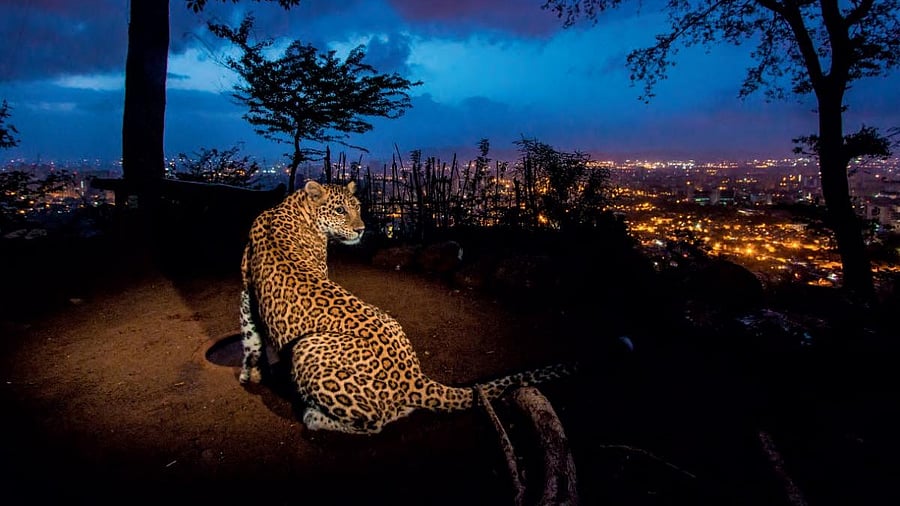
Leopard. Representative image.
Photo by Steve Winter
Mumbai: In a first, Mumbai will now boast of a leopard safari, adding to the list of tourist attractions of the financial capital of India.
The leopard safari would be located in the Sanjay Gandhi National Park (SGNP), the only national park in the world to be located within the metropolitan limits.
The SGNP already has a lion safari and tiger safari. The leopard safari will be an addition.
The announcement on leopard safari was made on Friday by Information Technology and Cultural Affairs Minister Ashish Shelar, who is also the guardian minister of the Mumbai Suburban district.
Shelar was accompanied by Mumbai Suburban Collector Rajendra Kshirsagar and Chief Conservator of Forest and SGNP Director G Mallikarjuna.
The SGNP has a leopard rescue centre, where several leopards which have been rescued are housed.
“There is around 30 hectare available and the leopard safari would come here. The estimated cost is Rs five crore,” the minister said, adding that the funds would be made available from the Maharashtra Forest Department and District Planning Committee.
Shelar also adopted two 3-year-old lion cubs — Bharat and Bharti — who were brought from Gujarat on January 26. “I have decided to take their guardianship and adopt them for a year, personally bearing all the expenses for their care and well-being,” he said.
“This SGNP is visited by 20 lakh tourists every year. If leopard safari is made available, the number of tourists will increase,” said Mallikarjuna.
The SGNP spread across 103 sq kms in Mumbai and some parts of neighbouring Palghar and Thane districts, is home to more than 274 species of birds, 35 species of mammals, 78 species of reptiles and amphibians, 170 species of butterflies, several species of fish and a staggering 1,300 species of plants. It has the highest leopard density – and is home to close to 35 leopards.
The highest peak of Mumbai, the Jambulmal is located here and so as the Kanheri caves, which is a 2,000 year old complex of some 160 rock-cut caves popularly known as the Kanheri caves, a protected archeological site.
Constructed in the 19th century, the Vihar (1860) and Tulsi (1868) Lakes are located within the forests of SGNP – and are an important source of water for Mumbai.
The total leopards in the wild in SGNP and the Tungareshwar Wildlife Sanctuary is between 40-45 - which makes the highest leopard density in the world.